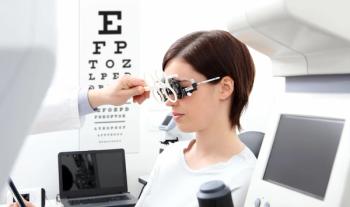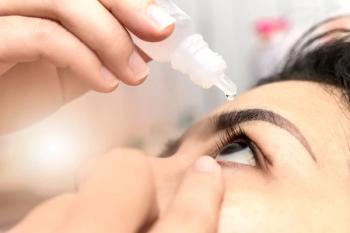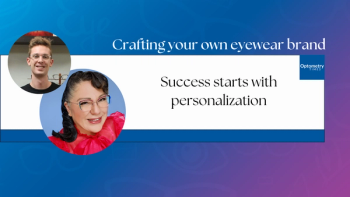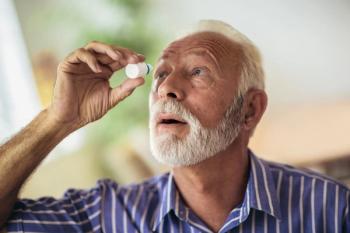
Seeing progress in high-tech care
A 71-year-old patient with age-related macular degeneration recently presented for a follow-up visit.
Based on the results, this patient will likely be legally blind within 5 years. Although this is not the kind of news we like to share, let's look at it another way. The patient is widowed and lives alone, and her daughters live several states away. Despite the bad news, she can begin planning ahead and looking for a caretaker.
The Macula Risk Test is one of the latest examples of how technology has advanced our profession. As I walked the exhibit hall at International Vision Expo-East, I marveled at the new and updated instruments that enable us to provide even better patient care.
Take dry eye, for example. An estimated 20% of the U.S. population suffers from dry eye. Today, our comprehensive exam may include such new technology as a tear osmolarity test (TearLab). As we head into peak allergy season, this could be especially helpful in our differential diagnosis so that we can prescribe the right treatment.
AMD is another exciting area. In the past all we had was Amsler grid testing to monitor AMD patients, and we referred them to specialists too late to save their vision.
Besides the Macula Risk Test, we have benefited from the Foresee Preferential Hyperacuity Perimeter, or PHP (Reichert), a non-invasive visual field of the macula that allows us to detect conversion to choroidal neovascularization and refer patients earlier for treatment.
Ganglion Cell Count, a new module for the Cirrus HD-OCT (Carl Zeiss Meditec), is a development that will allow us to follow two types of myopic patients: those with abnormal appearing optic nerves; and those with early cataracts whose OCT findings might not be fully indicative of their true physical status.
Medical dispensing
As an old-timer myself, I feel a renewed sense of excitement as more optometrists invest in new technology and continuing education to learn how to use it. But, I worry somewhat that we should not get so excited with this new technology that we abandon the dispensary. After all, it is still the major source of income for most practices.
With advances in diagnostic and lens technology, we no longer simply measure refractive error and prescribe accordingly. Rather, medical dispensing has become an important part of treating patients with ocular disease. Manufacturers have come out with new lens designs and styles, so we need continuing education to learn about the best products to prescribe for our patients.
Glasses for glaucoma, cataract
Take glaucoma patients, for example. Because glaucoma constricts the visual field, we would not want to prescribe a lens that gives the wearer a narrow corridor. Instead, we need to prescribe a lens that provides greater peripheral vision.
For patients with cataracts, new lens coatings can increase light transmission. This is especially important for patients who have moderate cataracts for which surgery is not yet indicated. Continual updates to anti-reflective coatings and a concern for reflected UV light have created a new buzz in the spectacle lens arena.
Indeed, technology continues to advance, improving our patient care and having an impact on our patients' lives, as I observed with my 71-year-old AMD patient.
Newsletter
Want more insights like this? Subscribe to Optometry Times and get clinical pearls and practice tips delivered straight to your inbox.
















































.png)


